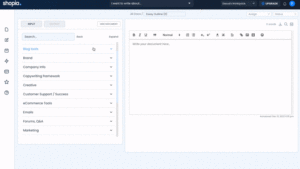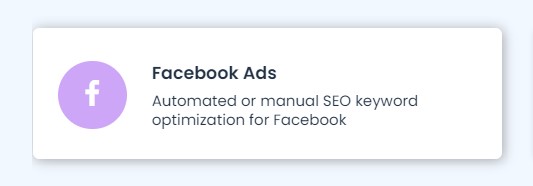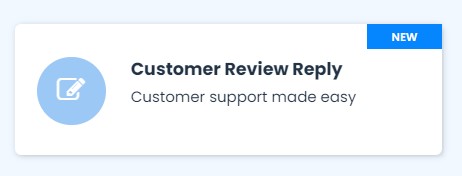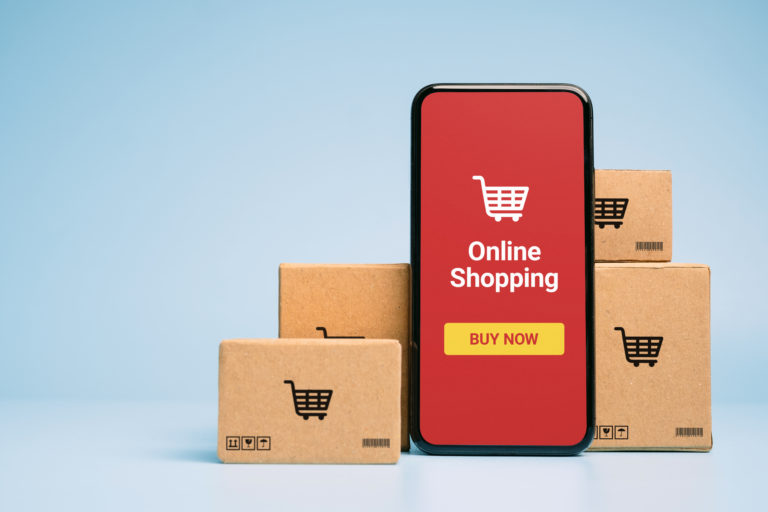Optimizing your ecommerce website content is an excellent way to increase conversion rates. There are a number of factors that play into this, including design, usability, and navigation. However, the most important thing is that your content resonates with your target audience. If you want to create engaging ecommerce content, you need to provide answers to the following questions: What does your content say about your brand? What’s your messaging strategy? How do you optimize for search engines? Where should you start when optimizing for conversions? How much content is too much? These are just some of the questions answered in this guide on how to optimize your ecommerce website content for conversions.
The Importance of Ecommerce Content
Optimization
There are a number of factors that come into play when trying to optimize your ecommerce website content. We’ll touch on some of the more important ones here.
Design: Design is an important aspect of content optimization because it helps with usability and navigation. If your design isn’t working, then not only will your site be difficult to navigate, but also you won’t be able to present the information in a way that makes sense to readers. For example, if you have a lot of text on one page, it might make sense to break up the text into multiple pages. But if the text is short, then you can put all the text onto one page. Usability: Usability is imperative for conversion rates because if people can’t find what they’re looking for quickly and easily, they’ll leave your site and go elsewhere. Navigation: If people don’t know how to navigate your site or where to find content, they’ll leave and never come back again. As such, navigation is an important part of optimizing your website’s content for conversions. One strategy for navigating large websites is by using breadcrumbs or a search bar at the top of every page so people know where they are on the site and what’s coming next in terms of search results. Content Strategy: You need a strategy for what type of content you want to create and how that content will resonate with your target audience; this will help determine which keywords you should rank for in order to attract
Crafting Your Content Strategy
There are a number of things to consider when crafting your content strategy. The first is understanding the kind of content you want to provide for your audience. What are their interests? What content do they want to see from you? Understanding that helps you decide what kind of content to create. You can do this by using tools like Google Analytics, which tells you how much time visitors spend on your website and how they got there. Knowing this information will help you craft the best possible content for your visitors.
Another important consideration is knowing your target audience’s pain points and considering how to address them in your content. This means researching what customers are saying about your business and finding out what people are asking about your products or services. Understanding those pain points will help you create engaging and helpful content that speaks directly to them. You can also make use of surveys or polls on social media sites, like Facebook, Twitter, or Reddit. These allow you to get valuable feedback from real people in order to find out more about their pain points and understand how they feel about your product or service offerings.
Target Audience
If you want to create engaging ecommerce content, the first thing you need to do is know your target audience. Who are they and what are their interests? What matters to them? What are they looking for in an ecommerce site?
Don’t try to be everything to everyone. Know your customers and focus on them. If you’re not sure who you should be targeting, take a look at your analytics. Where does most of your traffic come from? What keywords are people using when they find your website? These will help you identify your target audience.
Once you know who you’re going after, think about how much content is too much for them. The amount of content on a website can play a role in conversion rates, with some research showing that reducing it by 50% increases sales by 40%. This may seem counter-intuitive but it actually helps optimize the site for the customer experience, instead of overwhelming them with information they don’t need or want. It also forces consumers to prioritize which pages they visit first as they explore your site, which can help increase engagement and conversions on those pages.
Keyword Research
Keyword research is an important part of the content optimization process. You want to find out what keywords potential customers are using when searching for your products or services. This will help you determine what words to include in your content.
For example, if you have a bakery, you might consider the following keywords: cookie recipes, cake recipes, how to make cupcakes and frosting, etc. Depending on which keywords your target audience uses, these are the words and phrases that should be included in your ecommerce content. This ensures that when people search for these terms or phrases online, they will see your site as one of the results.
Creating Relevant and Engaging Content
The first thing to consider when optimizing your ecommerce content is developing content that resonates with your target audience. This will help you build a connection with potential customers so they are more likely to make a purchase. First, you need to analyze what kind of content engages your audience the most. This will depend on the type of business and target audience. For example, if you sell outdoor gear, it might be helpful to create detailed video tutorials on how to use certain products so people can learn how to use them before they buy them. If you are a fashion or beauty brand, then it would make sense for you to post about street style trends from around the world in order to engage your target audience.
How to Optimize For Conversions
One of the most important things to keep in mind when optimizing your content for conversions is that you need to create a strategy that works best for you. When it comes to ecommerce, this can be tricky because there are so many different factors that come into play. For example, you may have an excellent conversion rate if your page loading speed is fast and your product images are high quality but terrible if there’s a lot of competition or too many ads on the page. You might also have a fantastic conversion rate if people can find what they want quickly or easily with few clicks but terrible if people aren’t scrolling on your page after landing on it.
Design
Good design is a crucial aspect of any successful ecommerce website. Yet, we often don’t think about it in terms of conversion optimization. The reason for this is that many believe that the aesthetics of the site will be enough to sway visitors into buying. However, this just isn’t true.
Design is more than just aesthetics; it’s about creating a user-friendly experience. When designing your ecommerce site, you need to keep in mind what your target audience needs to do on each page and how they want to feel while doing it. This means that you should create intuitive navigation by grouping items together based on their function or features (e.g., colors, cut types). It also means that you should optimize for search engines (by including keywords in your content). You should also test out different layouts and designs to see what works best for your target audience and goals.
Usability
and Design
The more user-friendly you make your website, the better. This means designing a site where users can find the information they need without difficulty. It also means your site should be easy to use and navigate. One way to improve usability is to make sure your buttons are large enough so they’re easy to click on–whether that’s an Add to Cart button or a search box. A lot of people have small screens that are hard to see text on, which means buttons should be big enough for everyone to click on them with ease. Another important aspect of usability is ensuring that your site loads quickly. The faster your site loads, the more successful it will be at increasing conversion rates. It doesn’t matter how great your content is if people leave before seeing it because they’re frustrated with how long their pages take to load.
Keeping the Content Fresh and Up-to-Date
A key component to content optimization is keeping your content fresh and up-to-date. This means that you should be updating your site with new products, blog posts, promotions, and other relevant information. You should also be maintaining a presence on social media sites, like Facebook and Twitter. The more active you are on these sites, the more likely it is for people to notice your company. Plus, there’s the added benefit of being able to share new content across multiple platforms with minimal effort.
Conclusion
Optimizing your ecommerce content can be tricky, but when done correctly, it can help increase your conversion rates. By following these steps for designing, targeting and creating engaging content, you are well on your way to a successful ecommerce conversion rate.









